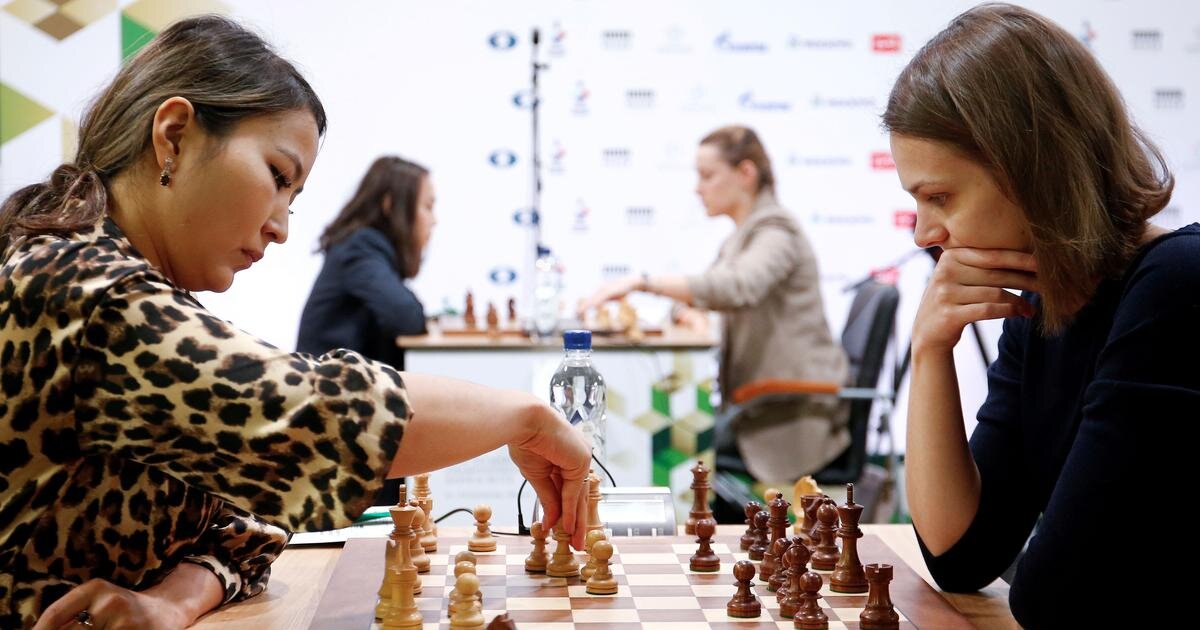Thanks to the new Julius Baer Challenger’s Chess Tour from the Play Magnus Group, Women’s chess is getting a much-needed and delayed facelift. With Judit Polgar – a powerful female name in the chessworld - at the helm (along with ex-world champion Vladimir Kramnik), the best of the young female talents is sure to emerge out of the mist in 2021.
The disparity of male and female participation in chess has existed since centuries and is evident in the low ranking and the less number of women chess players. Of the 1,600 plus international chess grandmasters, only 37 are women. While the top-rated female player, Hou Yifan from China, holds the 89th rank in international chess, the ruling women’s world champion Ju Wenjun remains 404th.
Women in chess: A Wrong Notion or a disturbing fact?
The lack of active female representation in chess has often been attributed to the age-old notion of a “preset gender difference” that makes men more of a warrior than women. More than one among the leading grandmasters has set off a flurry of controversies with comments on the “inadequacy” of the female gender to play competitive chess. Nigel Short, the former World Championship challenger, stirred up a storm in British media as he commented that men are “hardwired” for better chess.
The American chess legend Bobby Fischer, racked up similar controversy with his attitude to women’s chess as he remarked that women are “terrible chess players”, adding later on that “they should not mess into intellectual affairs but keep strictly to the home”. Yet another former World Champion who belittled women players with his misogynist remarks was Garry Kasparov, who in his 1989 interview with the Playboy Magazine commented that “there is real chess and women’s chess”.
Have such stereotypes overshadowed women’s chess over the decades? Does it affect performance levels? Studies show that, sadly, it does.
In a study, researchers observed male and female chess players as they played each other online. Both the sexes performed equally when the gender identities were not revealed, but upon disclosure, the performance of female players dipped lower against the male opponents than their female counterparts.
The stereotype itself influences psychological patterns discouraging participants in the subconscious mind. Confidence dips and interest weakens feeding the male propaganda all over again.
Mentored Minds
Very few women chess players have been able to rise above the prejudices and shatter them. An exception is Hungary’s Judit Polgar, the strongest woman player of all times, who became the only woman champion in the world to come within the top ten world ranking. Polgar is the only female chess champion who overthrew formidable male opponents including Garry Kasparov.
For Polgar, her father who is a psychologist, strongly believed that geniuses are created, rather than born. It was his keen mentoring of his three daughters in chess since the age of three that molded them into chess players of extraordinary finesse.
Does the right mentoring of young minds give birth to unequalled prodigies?
How far does meticulous training help young chess talents?
Unfortunately, Polgar’s success couldn’t erase the stereotypes about women and chess. Her equally gifted elder sister and former women’s world champion Susan once remarked that whenever men lost against her, they were “having a headache!” Susan’s cheeky comment that she never defeated a “healthy man” is a punch on the face to the unhealthy vibrations of gender bias not only in chess but sports in general.
The story may not be different on Indian soil either. From Women’s World Rapid No.1 Koneru Humpy to Harika Dronavalli, young Vaishali.R. or Divya Desmukh, India brims with female talents. But how far is Indian chess devoid of the darker clouds of gender barriers?
Koneru Humpy who broke the world record of Polgar as the youngest GM at the age of 15, speaks of gender prejudice in native soil. She once narrated how as a child player she was allowed to play in both boys’ and girls’ draws. Humpy states that girls were allowed to do that mainly as they were considered underdog players. But the girls themselves were hesitant as the competitions in the boys’ draws were tougher.
Being the youngest woman player to become a chess grandmaster, at the age of 15, and having impressive feats to her chess career including the national under-14 and the Asian under-12 titles in the boys’ category at the young age of 12-13, Humpy still tasted hostility in the national tournaments. She recollects the instance in 2003 when her selection to the top-level Men’s Tournament faced much flak from a few of the male players. They thought she did not deserve it and didn’t have the strength to play at such a top event.
Humpy, however, proved them wrong entering the qualifier’s tournament of the men’s draw and finishing second! Judit Polgar had her sweet revenge too as she beat Nigel Short eight times, forcing him to swallow his words (at least halfway!)
In 2002, after his famous defeat at the hands of young Polgar, Garry Kasparov was forced to reform his opinion on women’s chess. When asked about his previous comment, the then reigning champion retorted that he doesn’t believe that anymore! Polgar became the first woman player to beat a World Champion in a rated game.
Conclusion
Today, the winds are changing directions. As the popularity of chess reaches its peak in 2020, female participation has also spiked. If the internationally rated female players were a mere 6% back in 2001, in 2020 it has increased to more than 15%.
With The Queen’s Gambit ruling the Netflix world as the most-watched limited series, and the upcoming Julius Baer Challenger’s Chess Tour that vouches to eliminate the gender gap, we could hope that the lop-sided gender notions onboard will soon wane away.


